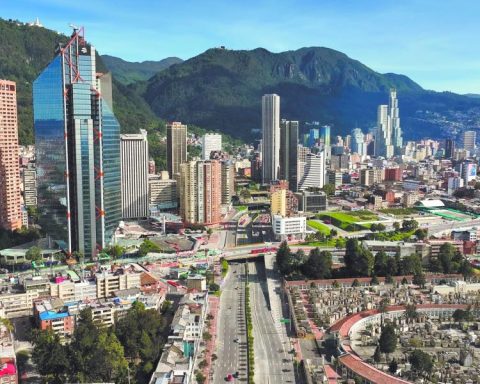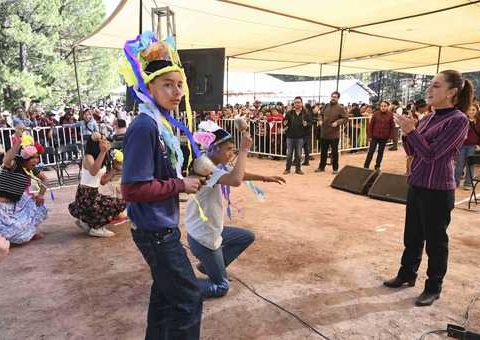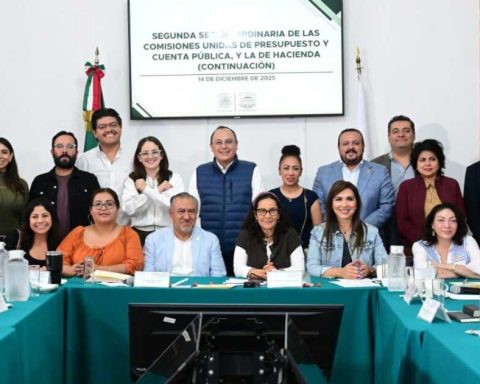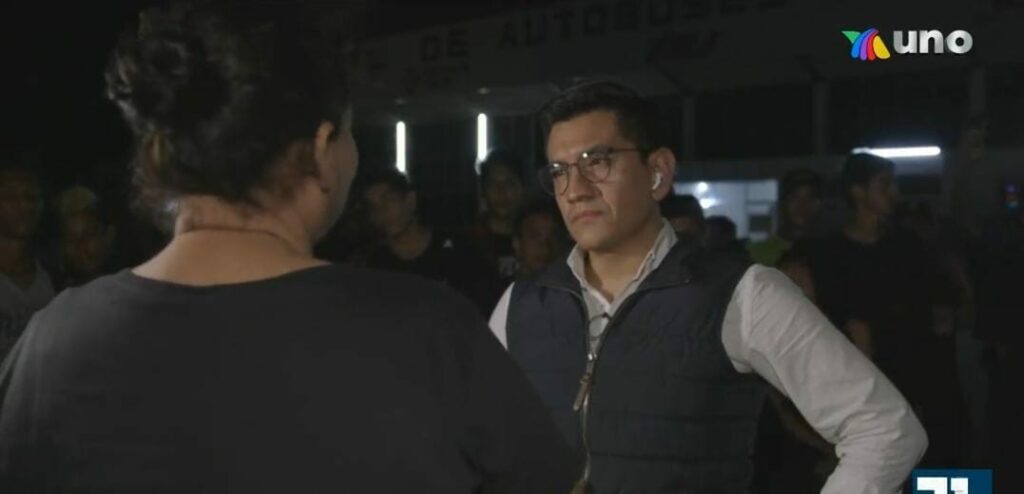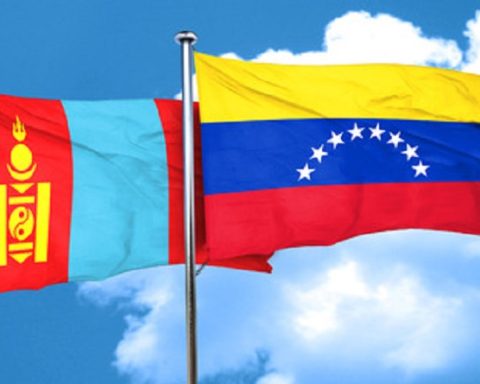C
s every year, the General Secretariat of the National Population Council presents a serial publication on The demographic situation of Mexico; this time with 11 articles written by academic and public service personnel that allow updating and generating new areas to understand the diversity of population dynamics. The 2022 edition starts with an infographic that measures the current moment according to current projections, when the population growth rate is 0.9 percent per year and we are 130.1 million inhabitants at the middle of the year, a figure that will grow slowly up to 148.2 million in 2050. The structure and age groups, general mortality, the infant mortality rate and life expectancy, the global fertility rate and the adolescent fertility rate are specified. There were 2.1 million births and 806 thousand deaths in the year (prior adjustments for the effects of the pandemic), today the group of people aged 60 and over represents 12 percent of the population, while people under 11 years of age and young people 12 to 29 years old represent 50.1 percent; this structure will gradually change: by 2050 older people will be 22.5 percent of the population. The net international migration balance is also included, as well as the net internal migration of 2020 and its forecast for 2025.
In the first article, Luis Felipe Jiménez and Ana Gabriela López present hypothetical scenarios of the components for population projections in the face of uncertainty due to covid-19 and the persistence of the lag in figures, they anticipate a possible increase in mortality, stable fertility and imminent aging process, and that the international migratory balance will become more relevant to the volume of the population.
The work of Gabriela Mejía and collaborators deals with the timely registration in the vital statistics of births, quantifies the setback in the registration that the pandemic generated in states and municipalities. In the following article, Diana Vázquez’s team calculates catastrophic health spending and associated factors, such as low socioeconomic status and residence in rural areas. The fourth work, by María Alejandra Núñez, exposes the role of women in the struggle for the right to housing in the metropolitan area of Guadalajara, the reproduction of gender roles and the difficulty they face in being homeowners.
The following work, coordinated by Carlos Garrocho, presents a model of urban expansion that is not stationary in space, using cellular automata and geographically weighted regression. Supported by more realistic transition rules, they consider the crucial factors of urban expansion and estimate the weights and influence on the expansion of the city at the scale of cells in the intra-urban space and the transition potentials of the land, it also outlines four expansion scenarios of the metropolitan area of Toluca by 2030. In the sixth section, Jorge Rodríguez estimates trends, patterns and effects of commute (travel regularly between work and home) for the metropolitan area of the Valley of Mexico, where the average commuting time to work exceeds 40 minutes for busy people, exceeds one hour for intra-metropolitan commuters and two hours for extra-metropolitans, the walk and collective transport is used more by women and by those with a lower educational level. In the seventh text, Jaime Sobrino undertakes an approach to school mobility in metropolitan areas of Mexico and the sociodemographic differences with respect to other movements, the young age of the people who carry it out, the travel time and the transportation used.
In the eighth paper, Diana Villasana and Raúl Romo present conceptual changes and a new method of squared weighted distances to calculate the marginalization index that allows comparison over time and, for the first time, calculates the urban marginalization index by neighborhood. Jorge Cerón Reskala presents a diagnosis on the regional distribution of marginalization in Yucatan, identifies gaps between states, regions and municipalities, analyzes temporal and territorial inequalities by level of marginalization and gender gaps in the educational field.
Mauricio Rodríguez (tenth study) exposes the residential arrangements and income of the elderly, the diversity of arrangements in the face of low income due to the transition to advanced ages and its relevance in relation to the Universal Pension for Older Adults.
Finally, Rafael López and collaborators explore the panorama of skilled international immigration to OECD countries in the recent past and the situation of skilled migration from Mexico to the United States.
The contributions of so many specialists are appreciated, which go beyond what this space allows to summarize. I invite you to consult them at https://bit.ly/3TEKBo5.
* General Secretary of Conapo
Twitter: @Gabrielarodr108



